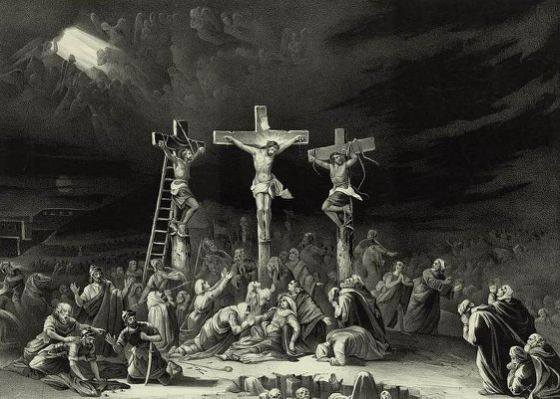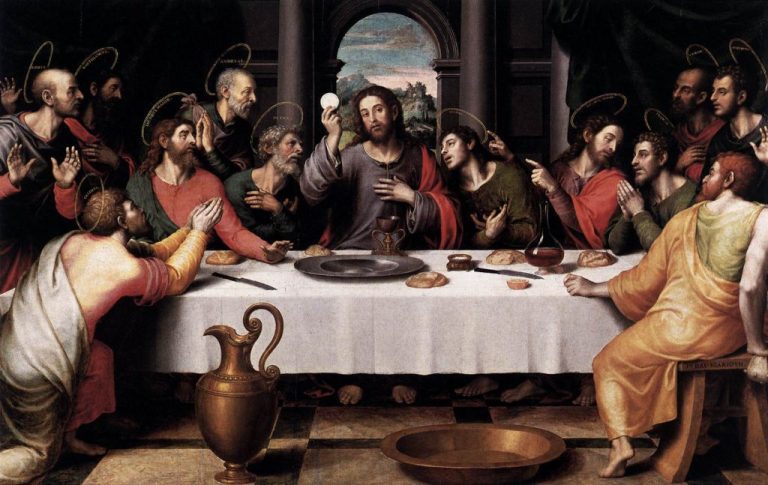In the 1920 Census, Congressmen were shocked. They suddenly discovered that many of the rural residents in their districts had vanished. Many Congressmen voted into office in 1920 should not have been re-elected because their districts had lost so many people. “How ya’ gonna keep ’em down on the farm after they’ve seen Paree?” was one interpretation of the reasons for the huge shift in population.
The real reasons were simpler. Tractors pulling bigger plows had begun replacing farm workers. Horses, and the need for taking care of them, their complicated harnesses, and the manure removal were disappearing. Each horse replaced by a tractor left a hired man unemployed.
The disappearance of rural residents during and after WWI had been noticed and thought to be temporary, related to the manpower needs of the “war to end all wars”. The 1920 Census showed that years after the war ended, many never returned to their homes. Instead, rural men whose jobs were eliminated by the mechanization of agriculture moved to cities for jobs in factories. Rural women moved to urban areas for jobs as operators in telephone exchanges, which followed the need for telegraphers, humanity’s first very first large-scale occupation related to electron flow.
Redistricting had to wait a couple of years, since no Congressman wanted to lose his office earlier than necessary, but the population shifts were quickly reflected with new Congressional districts. The “Roaring Twenties” followed. As agriculture continued to need fewer people, manufacturing boomed in America, which easily competed with the shattered European governments that had kept people off the streets by marching a generation of young men into each others’ machine guns.
Peace brought additional problems to agriculture. The huge profits that many farmers in the Americas had made during and after WWI came from selling agricultural produce at high prices to a war-ravaged Europe. The need for American, Canadian, and Argentinean foodstuffs began to disappear as European farms came back on line.
European farm output was also increased by its own rapid agricultural mechanization. A largely Catholic, pre-birth control Europe, despite the slaughters in the trenches, soon found itself flooded with excess food and labor. The price of both quickly dropped. Soon, vast food surpluses in North America, never-again-to-boom Argentina, and Europe began to pile up, causing the price of agricultural commodities to collapse. The farmers, of course, had incurred huge debts to buy and clear more land, purchase far more expensive mechanized equipment, and those debts could not be paid.
Depression followed, spreading from farms to main streets to Wall Street. A similar dislocation has happened in our own time.
Today, in 2008, we’ve gone through a similar “boom” caused by greatly increased control, and speed, of electron flows. Replacing paper and ink with elections has put the vast print/paper segments of all economies into various stages of collapse. The magnitude of this process has not been fully understood, especially by those whose involvement in it has led them to fearfully ignore the effects of a technology revolution that many of them heralded on their own laptops and computers, on their own financial stability.
Libraries, newspapers, magazines, books, textbooks at every level, map makers, and all the print/paper accompanying processes and businesses from pulp manufacture to printing, folding, and binding are at the same near-disappearance level as horse breeders and buggy whip makers were in 1920. The effects of their demise are now being writ large in our everyday lives. Even the world’s Postal Services, early governmental agencies devoted to subsidizing distribution for the print/paper sectors, are increasingly useless.
As farmers began to be addicted to subsidies three generations ago, the government is now being asked to subsidize newspapers, magazines, and everyone else in the print/paper enterprises. They finally understand that their days are so numbered that the only way they can maintain their cash flows is to take money directly from their neighbors.
When this subsidization occurs, and it will, their credibility as independent observers, already in question, will continue to plummet, thus reducing their perceived value, ensuring and accelerating their demise. “They’re worse’n farmers.”, most people say when they see another hand reaching into the huge, government pie.
The bust in print/paper industries was accompanied, and magnified, by “fair housing”.
America’s leading leftists complained long and loudly about the “unfairness” in housing. Many of their clients were sick and tired of living in the snakepits of Public Housing. Many, particularly the smarter and more vocal, were increasingly endangered by living in the free, collective housing whose artifically low cost had once been sufficient bribe to drag them into the welfare state.
After being encouraged by those who “only wanted them to be treated fairly”, they decided that they wanted to “realize the American dream”, which is usually defined as whatever can be promised to get the most votes. “True fairness” was quickly legislated to help those who “wanted to own their own homes”. The vast Public Education Empire, funded largely by real estate taxes, added their powerful voice to this latest “change”. They counted on getting additional real estate tax revenue they’d get if they could convert occupants of tax-free public housing into payers of the property taxes they needed. Suddenly, people who couldn’t afford to pay rent found themselves with mortgages that bankers who knew better were forced to provide.
When those mortgages began to go bad, banks found themselves in the trouble they knew would come. They tried combining mortgages, selling them in “bundles”, and doing everything but write them off, but they could not make sows’ ears into silk purses. From California to Cleveland to Florida, more homes were suddenly for sale than ever. Housing values began to plummet. Bankruptcies mounted. Banks went under. Home construction came to a near-standstill. Unemployment hit bankers and builders hard.
There is no real problem with either the collapse of the print/paper sectors of the economy or with the sudden unaffordability of so many mortgages. The inevitable “prop-ups” of both will soon stop. It may disappear as the realization that highly paid executives are still getting their grotesquely high salaries precipitates an outpouring of anger that will slowly reduce subsidization of both industries.
The underlying industries in print/paper have absolutely no underlying value. Their assets are becoming more worthless every day. But, houses are houses, and there will always be buyers for them.








